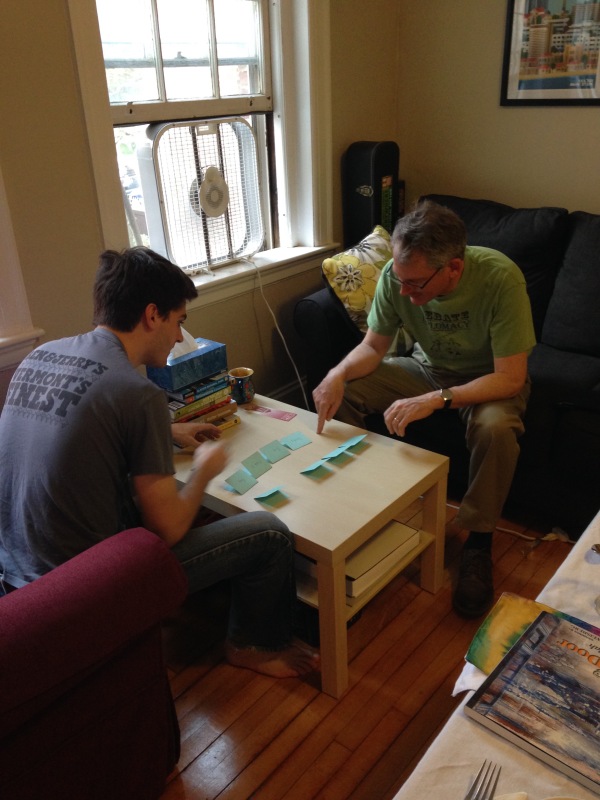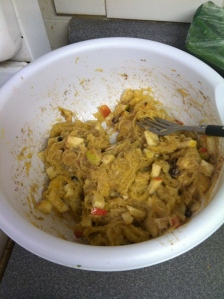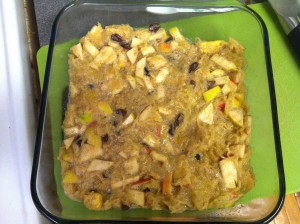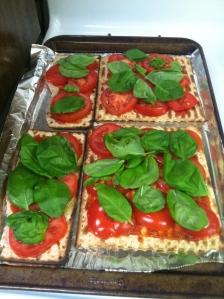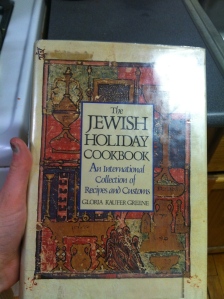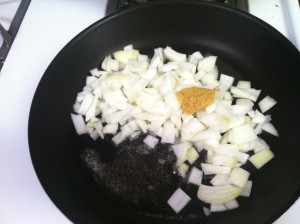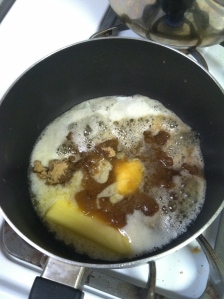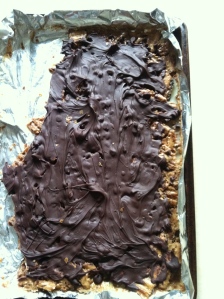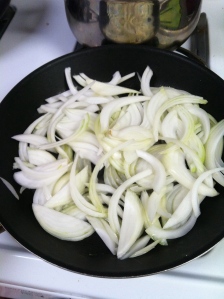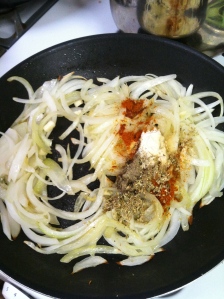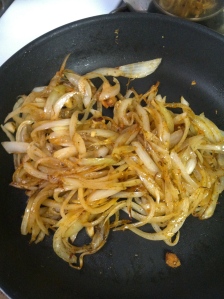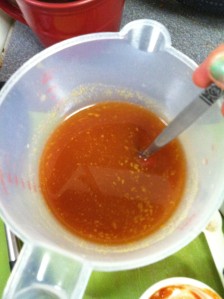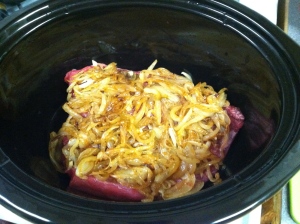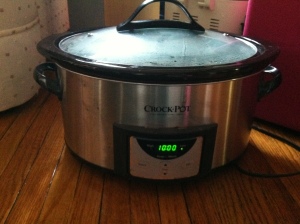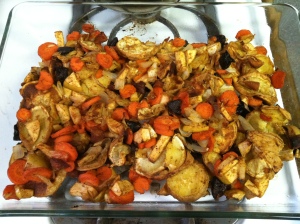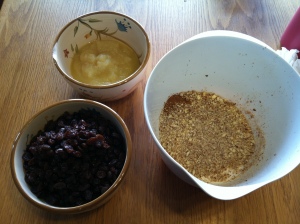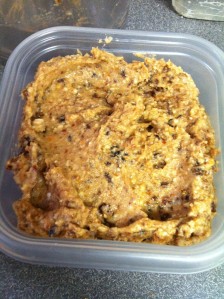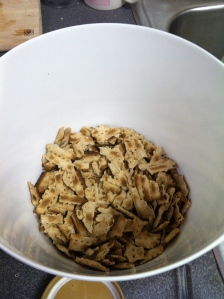Every year, at the Pesach seder, I (and Jews all over the world) say l’shanah haba’ah b’Yerushalayim (next year in Jerusalem).
And am happy ecstatic to say that I have finally fulfilled this yearly wish. WOOHOO!
As I’ve said on the blog before, a HUGE highlight of spending this year in Jerusalem is to experience the Jewish holiday cycle in Israel. The feeling of being in a culture that not only acknowledges Jewish holidays but celebrates them in the public sphere and embodies the meaning of the days in the (agri)cultural realm is amazing to experience. From all the excitement I’ve felt during Sukkot, Chanukkah, and Purim though, I think Pesach takes the cake.
Pesach (Passover, in English) is a week-long (8 days in the diaspora) holiday commemorating the exodus of the Israelites form slavery in Egypt. Highlights of the story include Moses, 10 plagues, a stubborn Pharaoh, and the parting of the Red Sea…maybe you’ve heard of it. 🙂 During the holiday, Jews are forbidden from eating chametz (leavened wheat, rye, barley, oats, and spelt). Ashkenazi Jews are also prohibited from eating kitniyot (legumes) because they can be ground into flour and may sometimes be confused and/or processed with chametz (this prohibition doesn’t apply to Sephardic Jews). These restrictions are tied to the Torah’s command to eat matzah (unleavened bread) during the holiday in commemoration of the bread the Israelites took with them when they fled Egypt. The aforementioned bread was, in fact, unleavened because they were in such a rush to flee there was no time to let the bread rise.
In addition to eating matzah, a holiday highlight is the seder (or two seders in the diaspora). The ritual of the seder derives from the Torah’s command to tell the story of the exodus to your children. Thus, the seder is a ritualized dinner/ceremony that involves amazing food, 4 cups of wine, the recounting of the Israelite’s liberation from Egypt, and lots of singing! It’s notoriously long (one part of the seder mentions a group of rabbis whose seder went so long they were still discussing when it was time to say the morning shema – ie, until sunrise the next morning!). The seder Noah and I went to this year ended at about 1:30am, but I had a classmate who was at her seder until 5:30am! I don’t think I could have gotten through that one without sleeping…
And now, highlights of spending this holiday in Israel…
1. kosher l’pesach foods
Not only are chametz (and kitniyot for Ashkenazi Jews) prohibited during Pesach, but any foods that could have come in contact with forbidden foods during processing/packaging are also forbidden. Thus, many Jews only eat foods during Pesach that are certified as kosher l’pesach (kosher for Pesach). One of the most exciting kosher l’pesach finds available in Israel this year was Ben & Jerry’s charoset ice cream. Charoset is a traditional Pesach dish enjoyed at the seder. It is a sweet mix of apples and/or other fruits, wine, and nuts, and it is symbolic of the morter Israelites used to create bricks for the Egyptians:
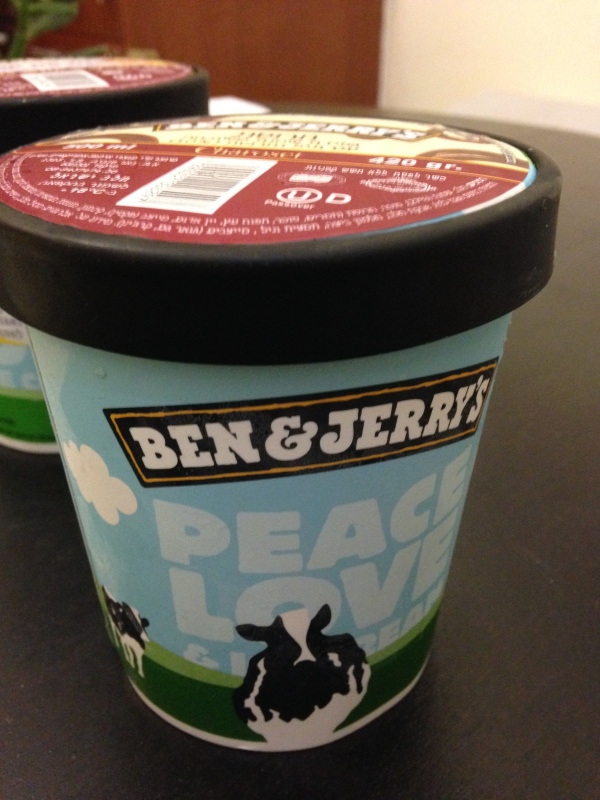

2. It’s easy to kasher your dishes
While Pesach is lots of fun and full of merriment, one aspect of the holiday that can take quite a bit of effort is kashering the kitchen. Many observers of Pesach prepare their kitchens for the holiday by either using special kosher l’Pesach dishes or kashering their current dishes for specific use during the holiday. The point of this ritual is to ensure that the dishes used to prepare food during Pesach don’t have any possible remnants of chametz. In the U.S., many Jews have specific kosher l’Pesach dishes. Here in Jerusalem, however, it’s made very easy to kasher the current dishes in your kitchen. In the days leading up to the holiday, small kashering stands pop up in nearly every neighborhood around town. At the stand, you can get your dishes dunked in a large pot of boiling water, thus having them kashered for the holiday:


3. Search for chametz
The night before the holiday starts and the first seder, it is traditional to do a search for chametz. The search includes seeking throughout the house for pre-placed pieces of chametz. The search is to be conducted by candlelight, and when a piece of chametz of found, it is brushed by a feather into a wooden spoon and then placed in a paper bag. Yeah, yeah, I know it sounds a little weird, but it’s actually a really fun ritual that is intended to symbolize the attention and care given over to searching the house for chametz. The morning after the search for chametz (the morning before the holiday starts) the bags of chametz are burned. Noah and I didn’t have a feather and we were scared of using a candle (we’ll work on this for next year…), so we did a modified version of the search:
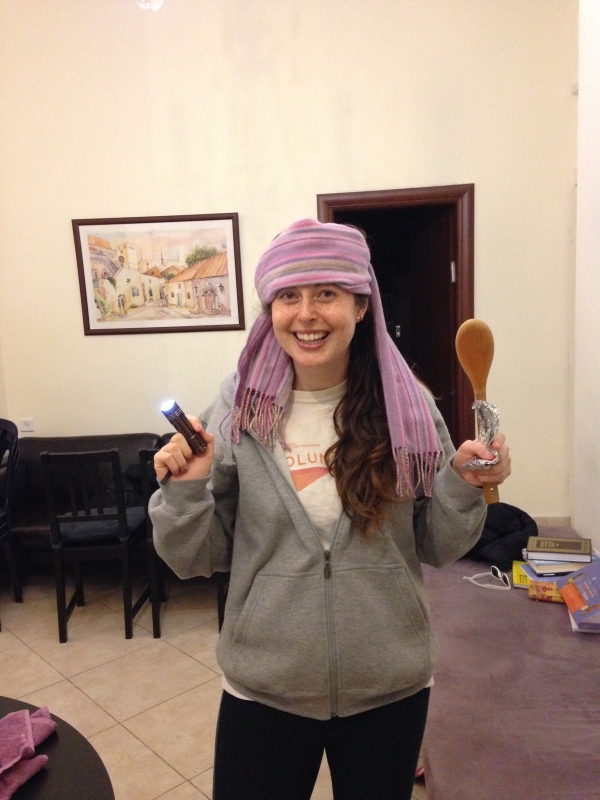


4. Delicious food
Some people complain about Pesach food…I guess they just really miss bread. I have always loved traditional Pesach foods, and I don’t generally have any trouble with sticking to the dietary guidelines of the holiday. This year, Noah and I hosted a dinner on the second night – a seder night in the diaspora but just another intermediate night of the holiday within Israel. I did an insane amount of cooking for the meal (good thing Pesach only happens once a year!), but I had a lot of fun deciding what recipes to make and prepping in the kitchen. For the meal, I made two recipes from the kosher cookbook, The Modern Menu by Kim Kushner. I found this cookbook in an airport and really wanted to buy it. Unfortunately, I had to satisfy myself with remembering only a couple recipes – I definitely want to get the book when I am back in the states! From that cookbook, I made roasted chicken with a fig/pumpkin sauce and roasted potatoes:
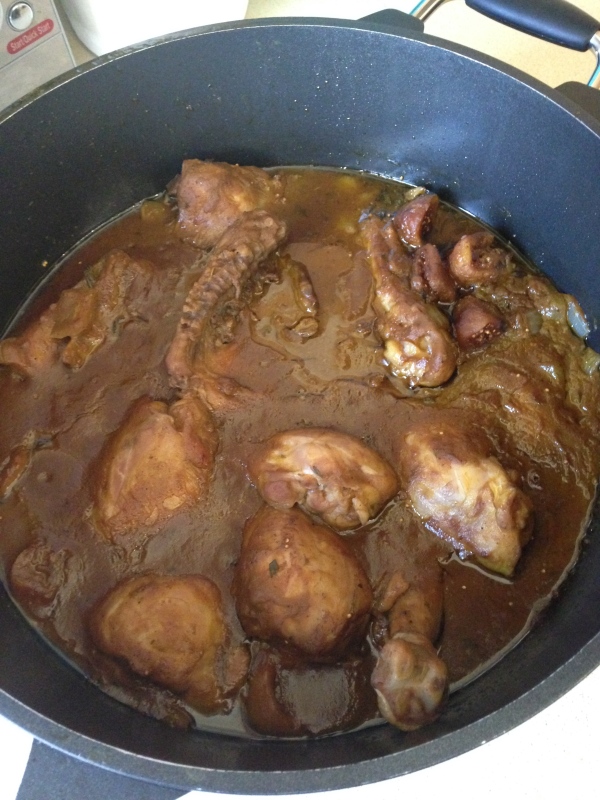

The meal also included tsimmes (recipe here)

Brussel sprouts (recipe here):

Vegetable kugel (recipe here):

and a gluten and dairy-free (amazing) chocolate cake (recipe here):
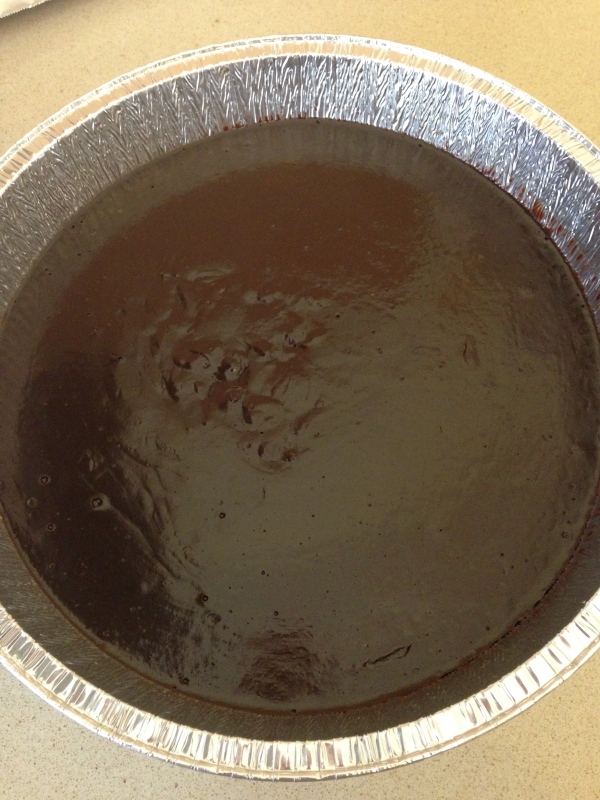
Even Noah, who is inexplicably not a huge fan of chocolate really liked this cake – I’ll take it as a success!!
Wow – so much food!
And, as a special Pesach gift from Noah’s parents during the holiday…

You may ask…

Because it’s organic, authentic, and fun.

Yay!
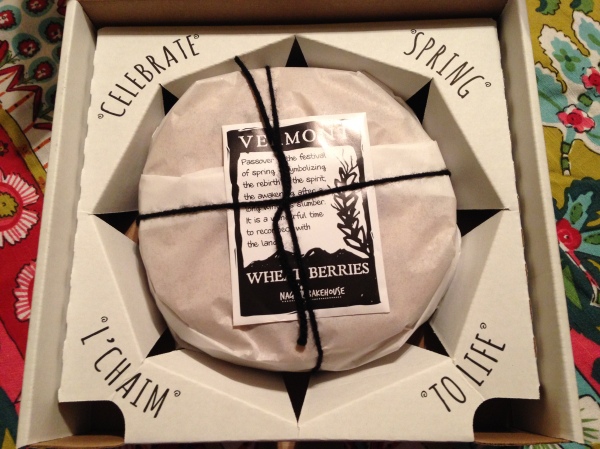
5. Pesach culture everywhere!
I’ve said it before and I’ll say it again…a huge part of the fun of Jewish holidays in Israel for me is really feeling like the holiday is part of the culture – everywhere. Growing up in America, I always felt like Jewish holidays were unknown in the public sphere – or were maybe visible to the keen observer in between the Christmas Trees and Easter eggs. In Israel, Easter came and went in the midst of Pesach, and I literally didn’t even know it had happened! It’s hard to describe how remarkable that seems coming from American culture to Israeli culture, but it feels like a very special part of living in Jerusalem this year. Here are a few bits of holiday spirit from out and about this Pesach season…
- a welcoming sign at the Tel Aviv airport wishing visitors a happy Pesach:

- ‘Hag sameah‘ chocolates (featuring holiday-appropriate pyramids!) from Aroma wishing coffee-drinkers a joyous holiday:
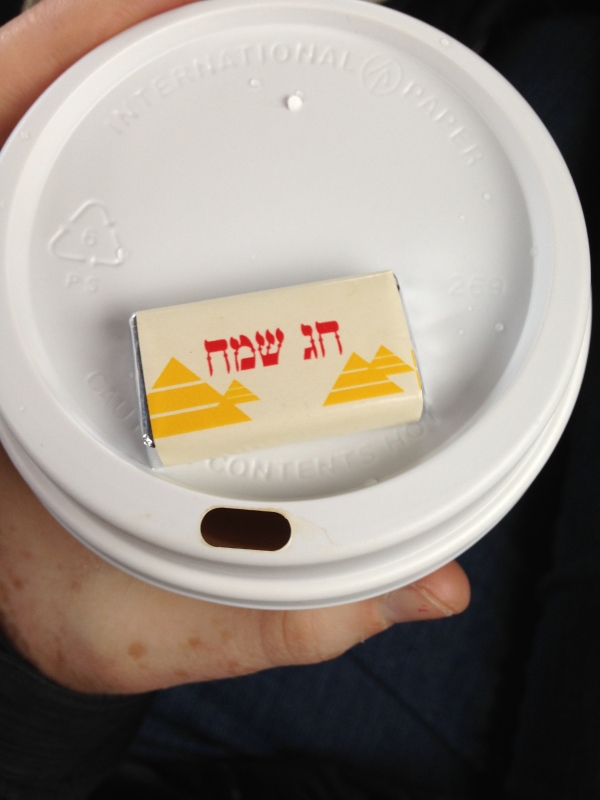
- Even Coca-Cola was on the hag sameah bandwagon:
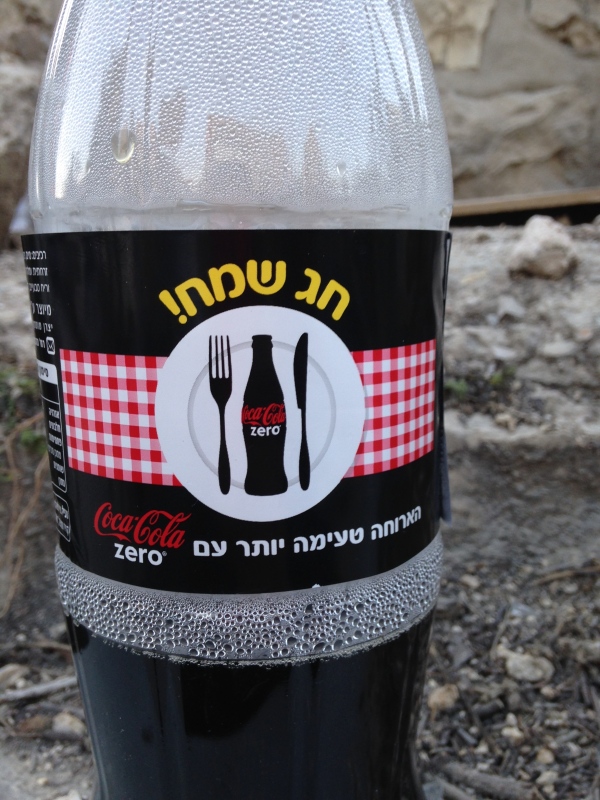
6. It is SO EASY to eat kosher l’pesach around Jerusalem!
Seriously, even if you wanted to buy foods forbidden for Pesach in Jerusalem, it wouldn’t be easy to find them. Grocery stores look like this…
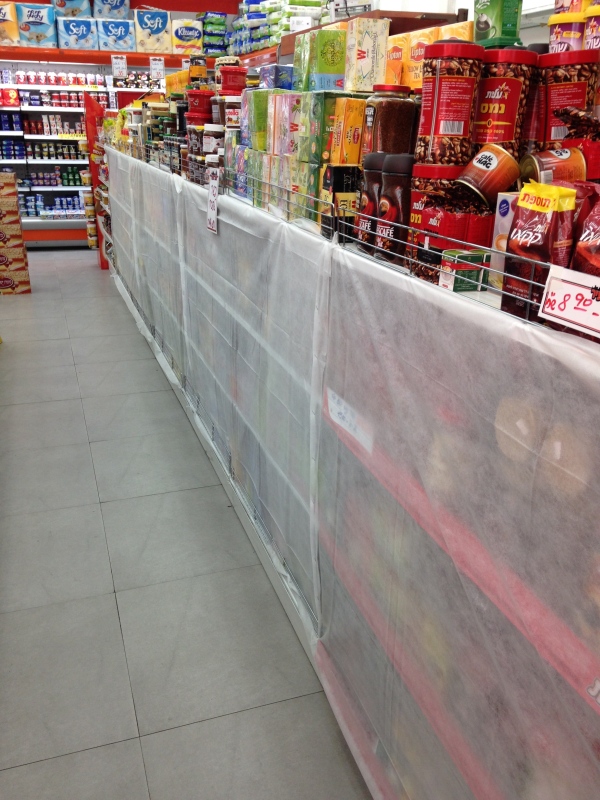
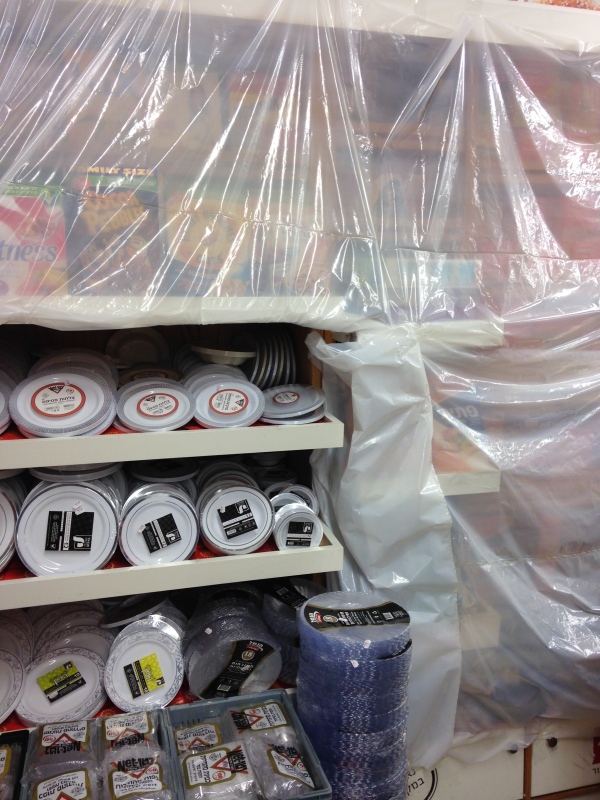
…with non-kosher l’pesach foods sealed off and not available for purchase. Restaurants kasher their kitchens and create Pesach-friendly menus for diners (pictures below from The Grand Cafe – note the shakshuka served with matza!):


What’s more, Israel knows how to do Pesach really, really well. So well, in fact, an innocent observer might not even realize anything is unusual at the restaurants since there are potato-flour imitations for basically everything (pizza, sandwiches, pasta…you name it!). Here is some potato bread that seemed to be at almost every restaurant throughout the holiday:
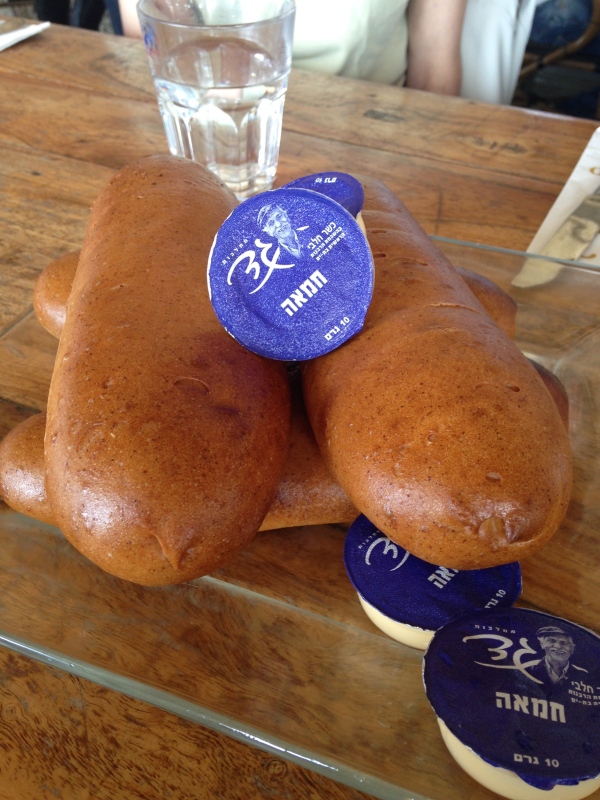
A final comment about the special-ness of the holiday is the general sense of excitement and festivity all around the country. Unlike in the U.S. where different school systems have their own spring breaks, the whole country in Israel is on break for Pesach. This means there are families and kids everywhere. The country is abuzz with festivals, events, and entertainment. Moreover, there are an enormous number of tourists who descend on Jerusalem during Pesach – motivated in part by the reasons listed above but also as a harkening to the historical Jewish pilgrimage to Jerusalem every Pesach that took place during antiquity.
I think that’s a basic summary of my experience spending this Passover in the holy land – may I have the opportunity to say l’shana haba’ah b’Yerushalayim in Jerusalem again!








